Singapore's experience in developing public sector human resources
The Republic of Singapore is the smallest country in the Association of Southeast Asian Nations (ASEAN) but is considered one of the countries with the most dynamic and developed open economies in Asia. Although it is an island nation with an area of about 699km2, a population of about 5 million people, and limited resources, Singapore is a country with a rapidly growing economy, with a high per capita income ranking in the world. The biggest factor contributing to this success is the effectiveness of the Government with correct policies and long-term strategies. One of the most highly appreciated policies is the strategy of developing human resources, including human resources in the public sector, to expand and develop science and technology for the country's economy. The Singaporean Government always deeply understands the view that successful human resource development is the main and fundamental factor ensuring socio-economic development in particular and national development in general.
Singapore does not have a local government. The Singapore Parliament has 84 elected members and 9 appointed members. The government has 15 ministries; the public sector employs 127,000 civil servants, including 15 ministries and over 50 independent government agencies with about 76,000 employees(1). The agency that oversees public sector human resource management is the Public Service Commission (PSC). Established in 1959, the PSC is a neutral agency responsible for recruiting and managing personnel for the state agencies (except the armed forces, courts, and police). However, since 1995, Singapore has carried out strong reforms in recruitment and personnel management, specifically restructuring the PSC and decentralizing more power to ministries, departments, and agencies on recruitment and appointment of personnel. Currently, the PSC is mainly responsible for senior personnel management for the government. In order to develop human resources in the public sector, Singapore has implemented a series of basic policies, specifically:
On public human resource recruitment
To have high-quality human resources working in the public sector, the Singapore Government has provided large scholarships to attract young people with the capacity to serve in public agencies. Since 1962, about 60 scholarships managed by PSC have been granted annually to ensure enough high-quality human resources to serve public agencies as well as to create additional sources to replace those who move to other areas or retire. PSC scholarships are used to recruit people who will later take on important responsibilities in the public sector.
To attract high-quality human resources to work in the public sector, since 2002, the Singapore Government has introduced the Scholars Career Development Programme (MAP). This programme provides for scholar candidates to enter management in a field in the civil service after graduation. Those who are awarded higher PSC scholarships will participate in career development programmes without selection. In addition, MAP also conducts open recruitment to attract individuals from outside the public sector to participate in the programme.
To recruit civil servants into the management agency, the Singapore Government bases on criteria and principles, such as educational level and implementation capacity. The selection of civil servants ensures impartiality, publicity, transparency, openness and non-exclusivity. Currently, the Singapore Government is making efforts to change the recruitment mechanism to be able to select the best people, assign them challenging jobs and pay them appropriately(2).
Singapore Prime Minister Lawrence Wong visits and works with the Singapore police force_Source: police.gov.sg
In recruiting civil servants in Singapore, standards and commitments are key factors that determine the ability to select competent people for the state. Through job descriptions, performance contracts, performance commitments, work agreements, etc., civil servants commit to the state to perform work according to set standards. This is the most important basis to ensure that they are responsible for what they have committed to according to the organization's standards in order to be paid. The decisive factor in recruiting civil servants according to job positions is to accurately determine the knowledge and skills required to perform tasks in each specific job position. Corresponding to each position, a job description with accurate output results must be clearly defined. Thus, determining specific requirements for the job position to be recruited is the basic content in civil servant recruitment, thereby selecting civil servants who meet the requirements in each job position. This is a basic requirement in civil servant recruitment in Singapore.
Promoting the attraction of foreign talents to work in Singapore, taking advantage of their intelligence to quickly catch up with the development level of other countries and supporting the training of high-quality human resources in the country is also an important solution that the Singapore Government has implemented. This can be called a demographic lever to compensate for the labor shortage.
The national human resource information system has also been developed to provide information on the current labor market as well as analyze the human resource situation in economic and non-economic organizations. Qualified and experienced human resources from abroad are actively and systematically recruited to supplement the shortage of human resources in the country. After being recruited, these people are supported to legally reside in Singapore. The Singapore government also exempts visas for international students, does not require financial proof and provides them with modern learning environments and training programs for many different professions with moderate tuition fees, etc. Many foreign personnel are recruited into the state apparatus.
On the evaluation, use and promotion of public human resources
The assessment of public sector human resources is carried out in aspects such as analytical ability, creativity, political acumen and decisiveness in handling work. In addition, the assessment of intellectual qualities, leadership qualities and achievements is also one of the conditions when conducting civil servant assessment. Singapore's civil servant assessment regulations stipulate that each civil servant must be assessed consistently and periodically, and also require that these assessments include evidence of achievements. The content of civil servant assessment is carried out in detail, such as education, expertise, techniques; awards; courses attended; professional, technical, social and cultural activities; responsibilities at work; personal commitments to work; annual assessment(3).
The civil servant evaluation process in Singapore is conducted in the order of direct superiors evaluating subordinates, subordinates do not evaluate superiors, and there is no evaluation between civil servants of the same level. Direct leaders give scores, the evaluation results will be made public to the person being evaluated, and at the same time, it is necessary to point out existing problems and give suggestions for civil servants to improve in the next working year. Singapore also provides support skills for managers to encourage leaders to dare to manage, maintain principles, and have strict requirements for subordinates.
The criteria for evaluating civil servants are based on the assessment of the strengths and weaknesses of civil servants, and then a comprehensive assessment is conducted. When comprehensively evaluating any civil servant, it is necessary to compare with other civil servants, but it is impossible to compare civil servants with outstanding qualities and civil servants with weaknesses. The process of evaluating civil servants aims to help leaders arrange human resources into suitable job positions, and at the same time, there will be a plan for training and developing civil servants in the following period. For civil servants who are considered for training to become leaders, they must demonstrate comprehensive outstanding qualities, must have excellent qualities, work experience and good health, and meet the job requirements at the expected position to be appointed. After obtaining the conclusion of the evaluator, the document will be given to the leader of the managing unit, the leader also needs to grasp the situation of the person being evaluated. If it is necessary to change the assessment opinion, the leader of the managing unit will propose the reason for the change and notify the assessor.
The civil servant evaluation system in Singapore emphasizes fairness and objectivity, so it requires the civil servant evaluator to have full information about the work process and behavior of the civil servant being evaluated. The civil servant evaluator must have at least 6 months of contact and work with the civil servant being evaluated and at the same time be the direct supervisor of the civil servant. The civil servant evaluator must be a person with a position at least one rank higher than the person being evaluated.
On the regime and policies for human resources in the public sector
One of the special features in the development of public human resources in Singapore is the implementation of salary policies, creating motivation for civil servants. This is one of the countries that pays quite high salaries to the public sector. To attract capable people to work in the public sector, the Singapore Government often bases on the income of the private sector to set salaries for civil servants. In 2007, the Singapore Government announced a new salary regime. Accordingly, the budget had to spend an additional 214 million Singapore dollars (SGD) and increase the total salary fund to 4.7 billion SGD/year.
To maintain competitiveness, the annual salary review of civil servants is highly regarded as a basis for considering salary revisions. As a result, salaries have increased significantly for administrative civil servants (about 20%) and other civil servants (21 - 34%). In particular, the Singapore Government focuses on evaluating the salaries of ministers and senior civil servants to adjust them to ensure competitiveness with the private sector. While in the early stages, the salaries of senior officials were only two-thirds of the income of equivalent positions in the private sector, in the later stages, the salaries of ministers and senior civil servants were adjusted to the average salaries of the four highest-paid groups in six industries and occupations in the private sector.
After the latest adjustment, the salaries of these senior civil servants are now equivalent to the average salaries of the eight highest-paid groups in six high-paying occupations (bank directors, corporate directors, CEOs of multinational companies, lawyers, chief accountants and chief engineers). Accepting high civil servant salaries and ensuring competitiveness with the private sector has been a strategic choice of Singapore for decades, thanks to which Singapore has attracted and retained talented people to work for the Government. However, the Singapore Government also has strict regulations for civil servants who violate the law, especially corruption. When civil servants are convicted in court of corruption, if they are retired officials, their pensions and other benefits will be cut. In addition, depending on the severity of the violation, they may be subject to imprisonment, even the highest penalty is the death penalty.
On training and fostering human resources in the public sector
In the Southeast Asian region, Singapore is considered a model for training, fostering and developing human resources. In fact, this country has been very successful in building a country with a high level of education and a leading educational system in Asia. In addition to applying advances in science and technology to teaching, Singapore's training program always focuses on personality education and national cultural traditions.
Singapore's policy on developing high-quality human resources focuses on investing in education and training and developing human skills. The Government plays a leading role in developing education and training. The Government sets policies, ensures resources to implement those policies and establishes the necessary organizations and institutions. The current and future human resource needs of the economy are identified by the Government as a decisive factor for the development of the education and training system in Singapore. The Government works closely with the private sector to ensure that its education and training system meets the needs of industries.
The issue of training and fostering civil servants to promote the creativity of each individual is of special concern to the Singaporean Government. This is shown first of all in the huge investment in training (building facilities, developing the teaching staff; having preferential policies...). The training and fostering of civil servants is in the direction that each person needs to develop their own talents; create a habit of lifelong learning, continuous learning so that each civil servant has the full qualities, capacity and level to serve the public service well.
Singapore builds a human resource strategy that is reflected in short-term and long-term training plans, succession training, formal training, and distance training. The minimum required training time is 100 hours per year for each civil servant. Of which, 60% of the training content is professional, 40% of the training content is related to capacity and skill development. There are many different courses for different subjects, such as job familiarization courses for newly recruited civil servants or those who have just transferred from another place; basic training courses for new recruits in the first year of work; advanced courses, supplementing knowledge to help civil servants achieve the highest efficiency in their work and improve their ability to work in the future; extended courses to create conditions for civil servants to be equipped with knowledge and skills outside their main professional field so that they can undertake related jobs when necessary. These courses are closely related to the career path of civil servants and the assignment of civil servants to job positions. Every year, Singapore spends 4% of its budget on training and development of civil servants.
Singapore implements the training and development model for cadres and civil servants through 5 stages as follows: 1- Introduction: This stage is to organize for new employees to receive their jobs, within 1 - 3 months. This training content is also for those who have just transferred to work from another place. 2- Basic: Training and development for civil servants to adapt to their job position. Training and development content is for new recruits in the first year of work. 3- Advanced: Training and development helps supplement knowledge and skills for civil servants to achieve the highest efficiency in work. Organized for civil servants in the first 1 - 3 years after recruitment. 4- Expansion: Create conditions for civil servants to acquire knowledge and skills beyond their job, so that they can do related work when necessary. 5- Continued: The training and development content in this stage is not only related to the current job of the civil servant, but also improves that person's ability to work in the future.
Training and development stages are organized in formal or in-service forms. Depending on the requirements of each subject, there may be some consolidation between some stages, better meeting the needs of individual civil servants.
The civil service training institution in Singapore is the Civil Service Academy of Singapore (CSC). The Academy was established in 1996 through the merger of two units: the Civil Service Institute (CSI), which was the main training institution for civil servants, and the Civil Service Academy (CSC), which focused on policy development training. The Civil Service Academy of Singapore now includes the Policy Development Institute and the Institute of Public Administration and Management. In addition, the Academy has also established a Civil Service Advisory Organization to provide policy advice and training implementation, and to advise on curriculum. This is the focal point for Singapore and other countries to exchange experiences and methods of public sector reform. The Civil Service Academy of Singapore is a center for training civil servants, especially senior civil servants, senior and middle managers.
Delegation of strategic planning officials conducts research and field surveys in Singapore_Source: hcma.vn
Some suggestions for Vietnam
From the study of public sector human resource development policy in Singapore, some experiences can be drawn for Vietnam to refer to:
Firstly, Vietnam needs to forecast the demand for high-quality human resources to proactively create suitable resources for the public service. The agency in charge of managing human resources in the public sector needs to develop strategic plans for human resource development in the public sector. These strategic plans must be built in accordance with the specific conditions and circumstances of Vietnam, and at the same time, there must be specific steps and roadmaps. The strategy for developing human resources in the public sector will need to create a breakthrough in the development of the public sector, contributing to building a truly modern, transparent and effective public service.
Second, it is necessary to develop a set of rules on professional standards for each job title and position, which is the basis for standardizing officials and civil servants working in the public sector. Based on this set of professional title standards, management agencies will select truly suitable personnel who meet the job requirements corresponding to each different position. This will ensure the selection of suitable personnel for each position in an objective, transparent, right-person, right-job manner.
Third, it is necessary to implement policies to improve the quality of human resources in the public sector, meeting the requirements of the opening and integration period. Vietnam needs to have appropriate policies and measures to develop human resources in the public sector effectively and sustainably. It is necessary to fundamentally and comprehensively reform the education system towards standardization, modernization and international integration, in which, reforming the education management mechanism and developing the team of teachers and managers is the key. The training and fostering of cadres and civil servants also needs to be innovated to achieve efficiency, contributing to improving the quality of cadres and civil servants.
Fourth, it is necessary to base on the specific situation of each locality to develop appropriate policies to attract high-quality human resources for the public sector. Localities in remote, isolated, particularly difficult, mountainous and island areas will need to have their own, specific policies to attract human resources for the public sector.
Fifth , the selection of high-quality human resources should not be limited to the public sector but can be expanded to the private sector, especially in the current context of socialization of public services. In the context of transforming the economic model to a knowledge-based and innovative economy, the issue of having a skilled and highly qualified workforce is becoming increasingly important for Vietnam. Therefore, it is necessary to have a synchronous policy on training, attracting, using and promoting talents. At the same time, combine the policy of nurturing and developing domestic human resources with the policy of attracting high-quality human resources from overseas Vietnamese to work in Vietnam.
Sixth, regularly develop and supplement policies and timely treatment regimes to attract high-quality human resources to work in the public sector. In particular, pay special attention to policies and salary regimes paid to employees that must be consistent with their results and efficiency in performing public duties. With the streamlining of the organizational apparatus and staffing, the number of people working in the public sector will decrease, which will create favorable conditions for improving treatment regimes for human resources in the public sector, contributing to attracting high-quality human resources to the public service. Treatment regimes and breakthrough policies in payment for human resources in the public sector need to be given special attention in the coming time, contributing to creating a turning point in the development of the country's public service./.
----------------------
(1) Core issues in improving the lives of Singaporeans, March 20, 2025, https://www.careers.gov.sg/about-us/
(2) Nguyen Nghi Thanh: "Policy to attract high-quality human resources in the public sector in Singapore", State Organization Magazine , March 2018 issue
(3) Nguyen Huy Hoang: “Singapore's experience in synchronous institutional construction and suggestions for Vietnam”, Electronic Information Page of the Central Theoretical Council, February 18, 2019, https://hdll.vn/vi/nghien-cuu---trao-doi/kinh-nghiem-xay-dung-dong-bo-the-che-cua-singapore-va-nhung-goi-y-cho-viet-nam.html
Source: https://tapchicongsan.org.vn/web/guest/the-gioi-van-de-su-kien/-/2018/1083002/kinh-nghiem-phat-trien-nguon-nhan-luc-khu-vuc-cong-cua-singapore-va-goi-y-cho-viet-nam.aspx


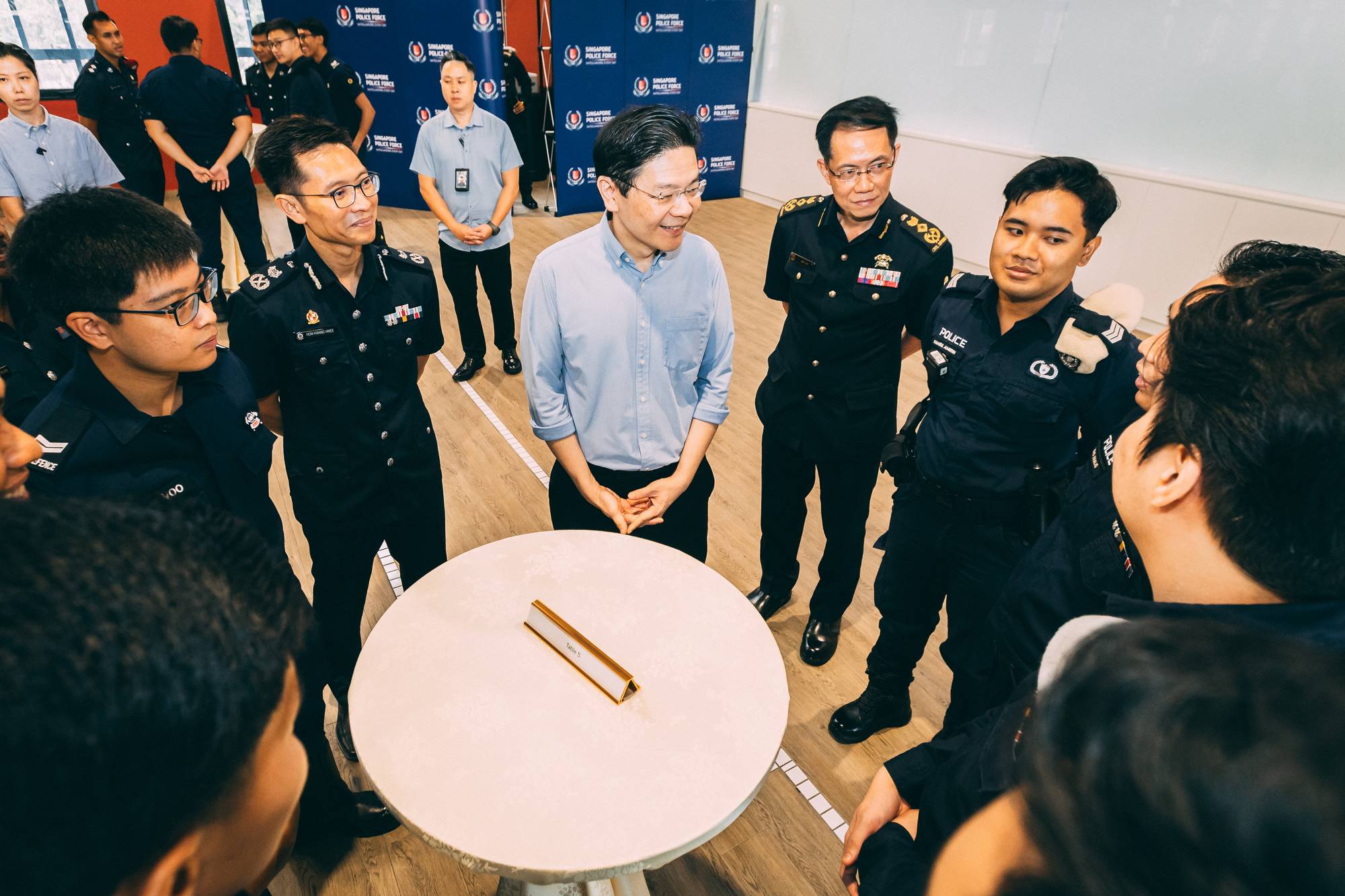
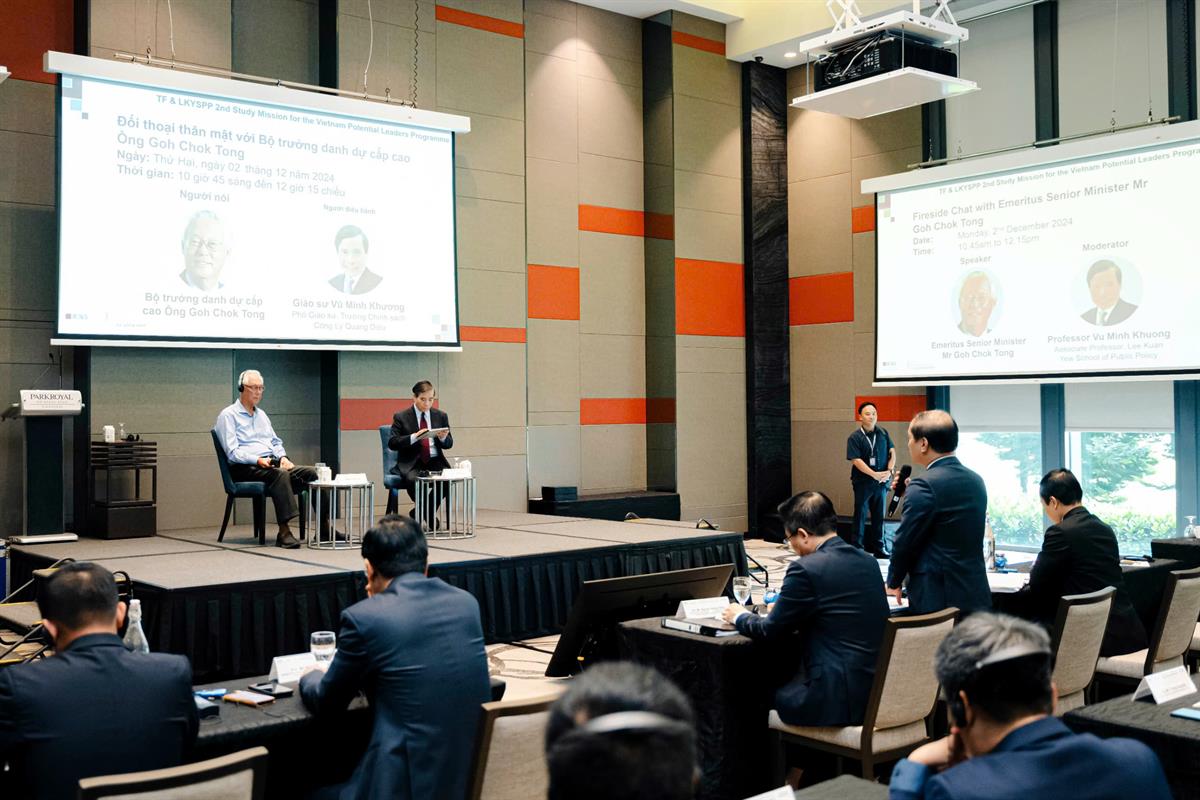





![[Photo] Discover unique experiences at the first World Cultural Festival](https://vphoto.vietnam.vn/thumb/1200x675/vietnam/resource/IMAGE/2025/10/11/1760198064937_le-hoi-van-hoa-4199-3623-jpg.webp)




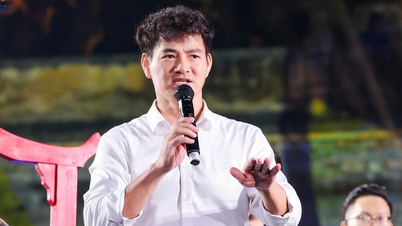



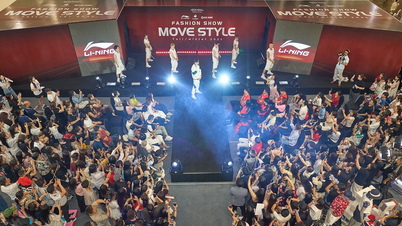









![[Photo] General Secretary attends the parade to celebrate the 80th anniversary of the founding of the Korean Workers' Party](https://vphoto.vietnam.vn/thumb/1200x675/vietnam/resource/IMAGE/2025/10/11/1760150039564_vna-potal-tong-bi-thu-du-le-duyet-binh-ky-niem-80-nam-thanh-lap-dang-lao-dong-trieu-tien-8331994-jpg.webp)



























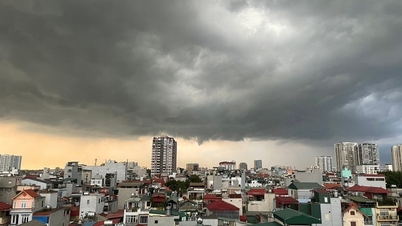
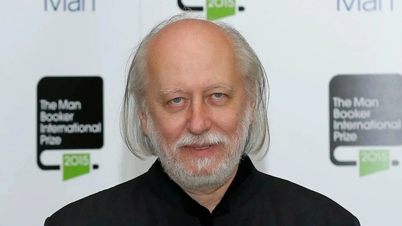

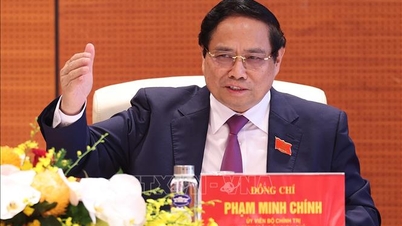


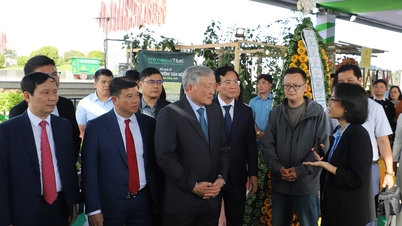
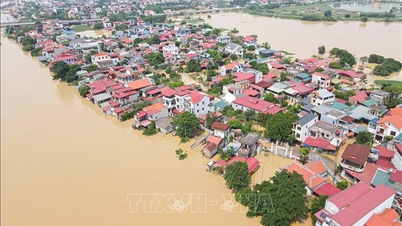
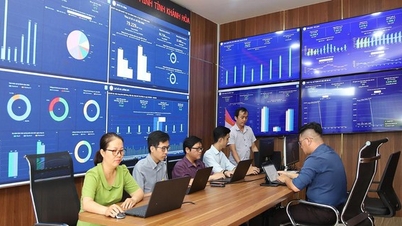

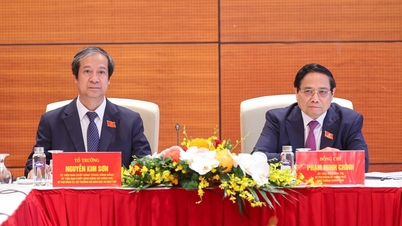

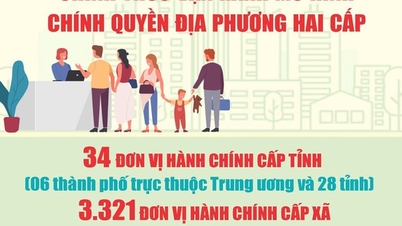
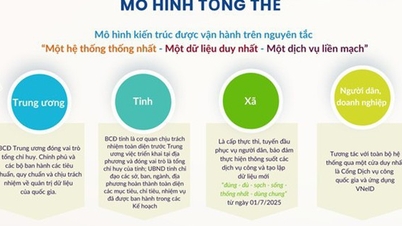

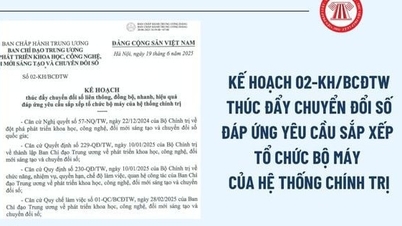




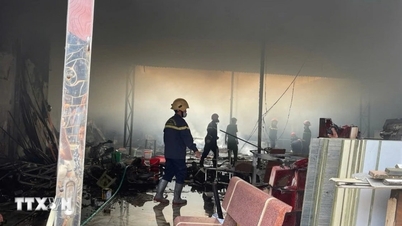

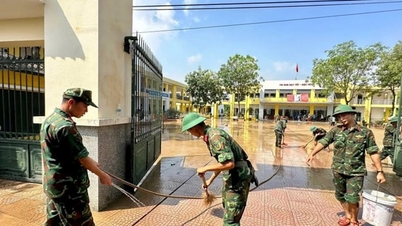

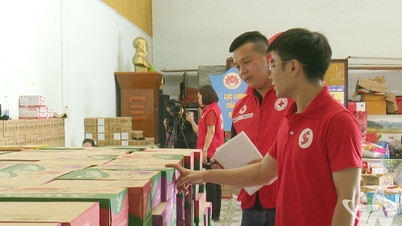














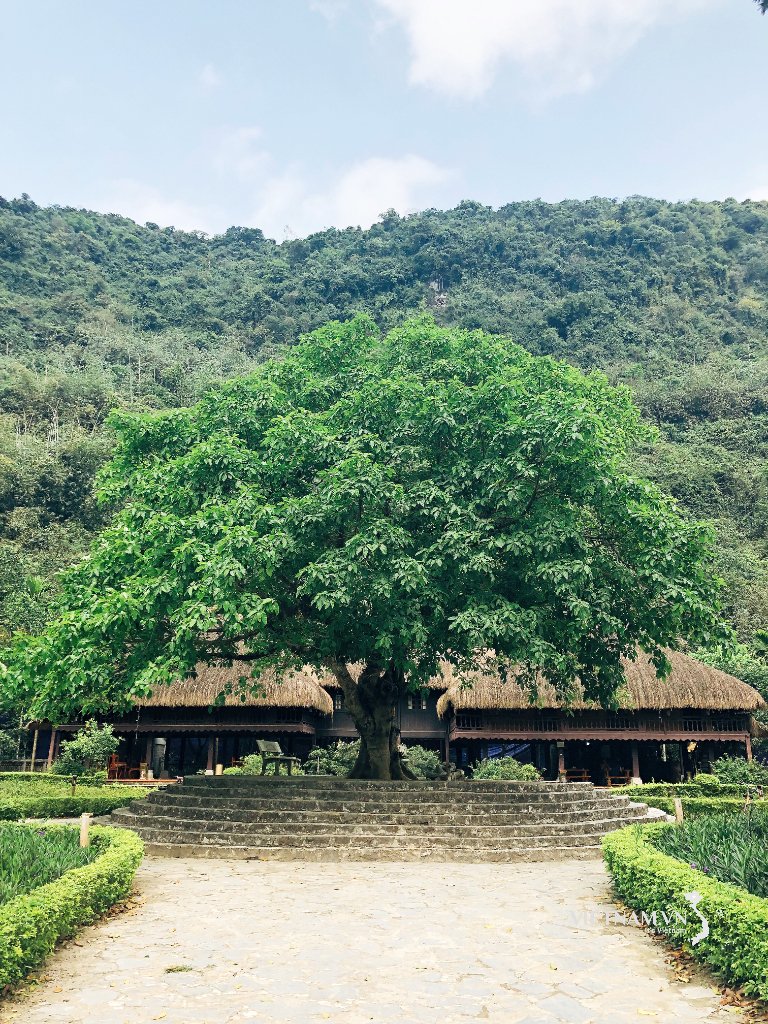
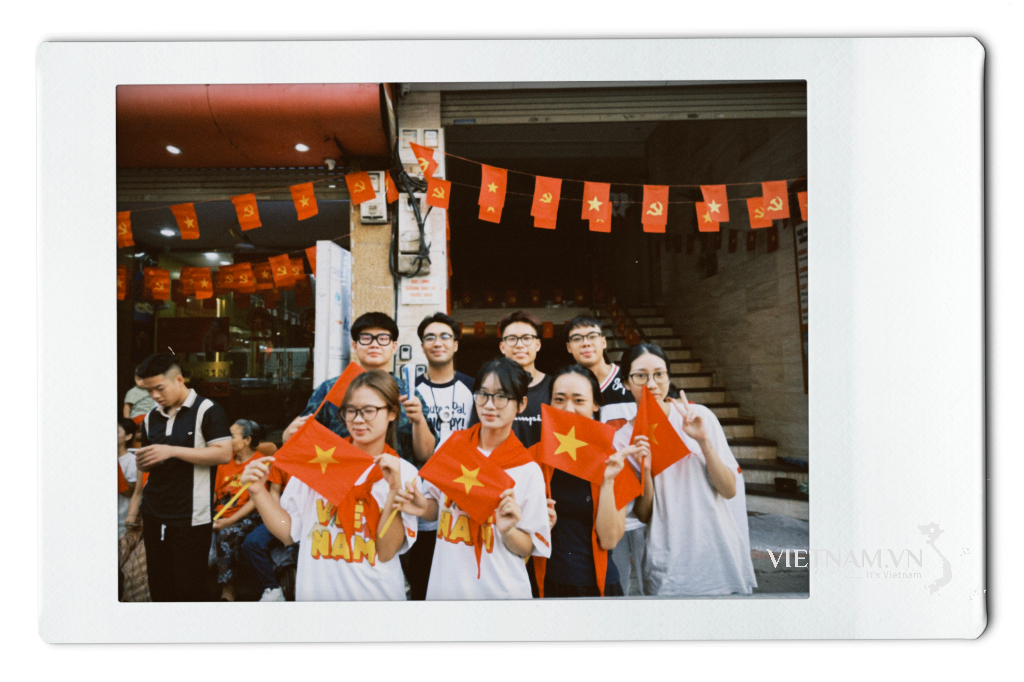
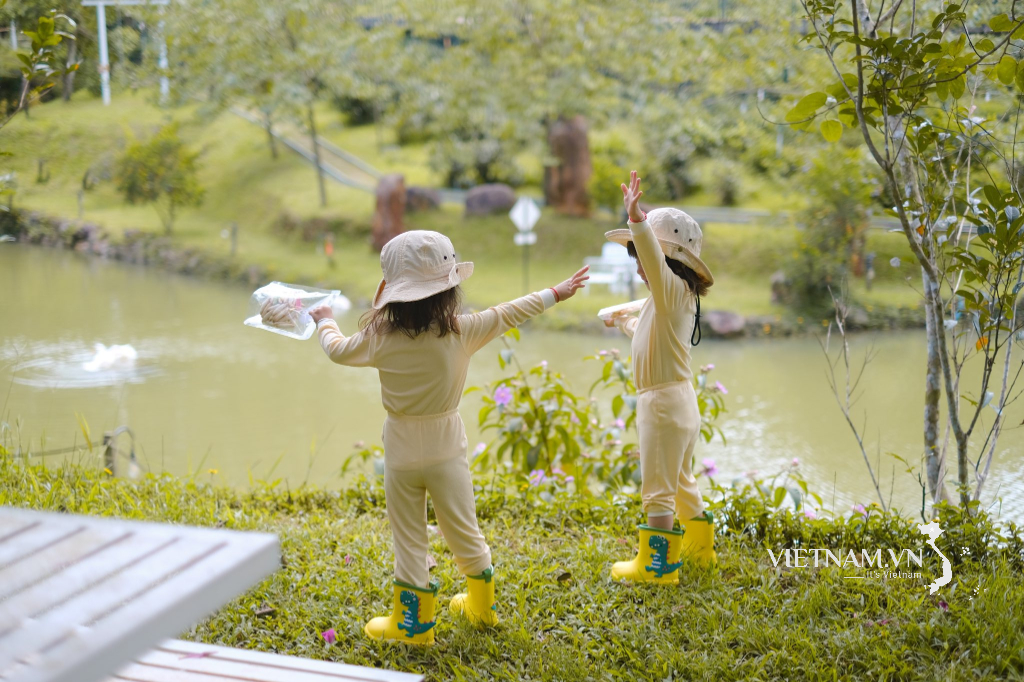
Comment (0)